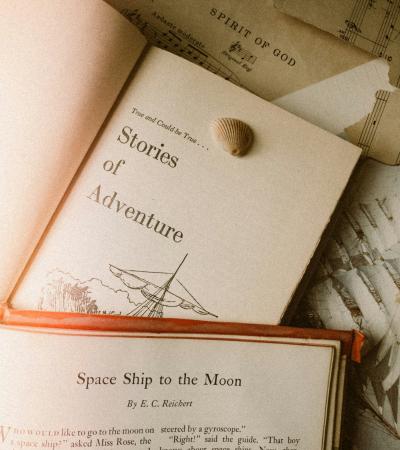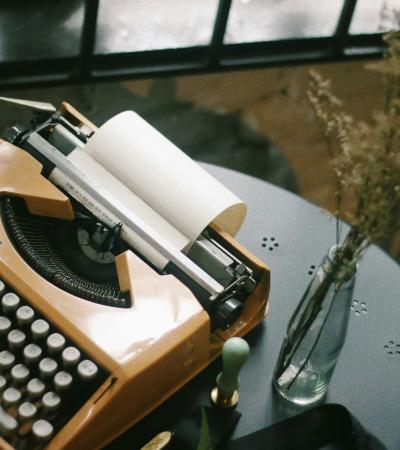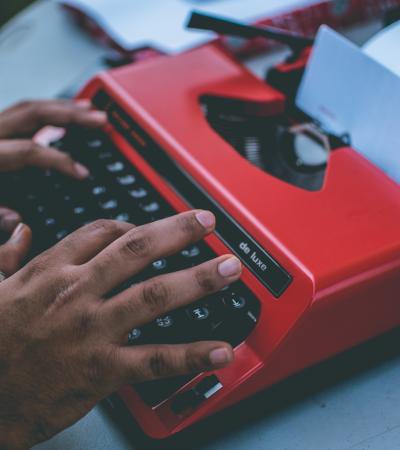Editor’s note: This is the third in a special, week-long series on library programming for underserved, troubled teen populations, written by authors and a librarian who participated in the Great Stories CLUB.
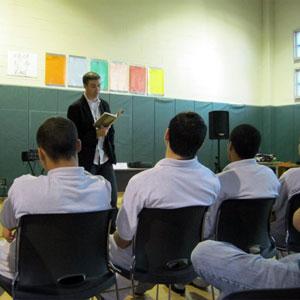
A week after my ALA Great Stories CLUB visit to Green Oaks Juvenile Detention Center in Monroe, Louisiana, I met with the boys at the Gardner Betts Juvenile Justice Center in Austin, Texas. As with my visit to Green Oaks, I was extremely impressed by the level of care and dedication provided by both the permanent employees of the facility and the volunteers as well. Librarians Heather Schubert and Kathleen Sullivan—and countless others, I’m sure—have put together a remarkable youth library.
Whereas the Green Oaks facility is somewhat rural, with a tall, razor-wire-topped fence around the yard, Gardner Betts is right in the center of Austin, on the third floor of a fairly new government building. This being Austin, there apparently is no shortage of creative people volunteering at the center. Kathleen mentioned that the kids had been visited by people teaching them yoga and art and ceramics, among other things.
We met in the gym, and after a short introduction, I read a selection from my book The Brothers Torres, set in small-town northern New Mexico, about a narrator named Frankie who idolizes his older brother until he realizes that his brother is perhaps not who he thinks he is. At one point during the first chapter, Frankie’s attention wanders to a group of cholos out in a dirt parking lot: “These are the dudes our parents always warned us about—the tattoos […] the dark-ass sunglasses day or night—hardcore vatos chilling with their lowriders.”
I noticed some smiles in the audience, and a few chuckles, too, and I neglected to suppress my own laugh, acknowledging for all of us that the kids in front of me were probably exactly the kinds of kids Frankie was talking about.
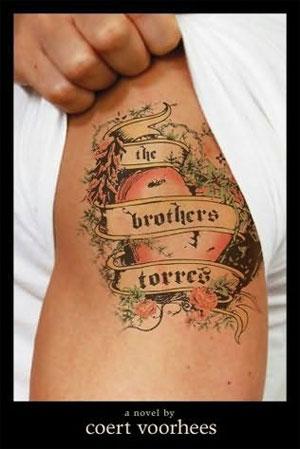
During our discussion after the reading, a common question came up: How much of the story is true? I explained that while none of the plot is true, a lot of the details are true. The way the clouds look in the afternoon is true. The taste of the stuffed sopaipilla is true. The New Mexican feeling of being overrun by Texas is true (yes, I know I live in Texas now, but still). I did really know a kid who had his name etched on the side of his glass eye, but he was nothing like the Zach character in the book. In other words, by writing the book, I basically took all those little “true” things and threw them all together, and the result was an entirely new and different kind of “truth.”
One of our most lively exchanges came when I talked about how as a writer you can choose to write about everything you want. Reading may be an escape into another world, but writing is much more so. For example, I wrote The Brothers Torres, a book that takes place in small-town New Mexico, when I was living in northern California and missing the food and culture of my home state. I wrote Lucky Fools, which comes out in 2012 and takes place in northern California, after I moved from the Bay Area to Houston.
But my best example of writing being able to take me somewhere else has to do with my upcoming adventure novel, Annie Fleet and the Golden Jaguar. Basically, I thought to myself, where would I go if I could go anywhere? What would I do if I could do anything? The answer, when I really thought about it, was that I would go scuba diving all over the world searching for lost treasure. So that’s what I decided to write about. I was already a certified diver, but I took all kinds of advanced scuba certification classes, such as Rescue Diver, Underwater Hunter, and Diver Propulsion Vehicle. I read books about shipwrecks, fantasized over tourism websites, and longingly devoured YouTube videos of other people’s exotic vacations. Then I got to work and made an adventure of my own.
Research, perhaps paradoxically, is one of the best aspects of writing fiction. The old cliché goes, “Write what you know,” and my response to that is simple: “Know more.” In researching my various projects, I’ve visited a chicken processing plant, taken diving classes, visited a shooting range (where I discovered I’m a terrible shot), and so much more.
That’s what I tried to stress to the kids. Our world is so much more than our physical surroundings. We have the power to create entirely new worlds to visit. Worlds where we make the rules, where there’s priceless treasure we get to find, where we know how to stand up to the people who try to put us down.
When our conversation was over, the kids lined up by unit so I could sign their books. Perhaps the best part of my visit was the conversation with each boy. Some of them talked about what they liked in the book, and a few even told me they thought they might read the book. A typical exchange went something like this:
Kid: That book sounded okay.
Me: Great. I’m glad you thought so.
Kid: I guess I’ll probably read it.
Me: That would be wonderful. I hope you enjoy it.
The candor was refreshing. They weren’t yet ready to admit to being excited about reading, but I know that, given time, and with the guidance of dedicated youth librarians like Kathleen Houlihan and Heather Schubert, they’ll get there.

